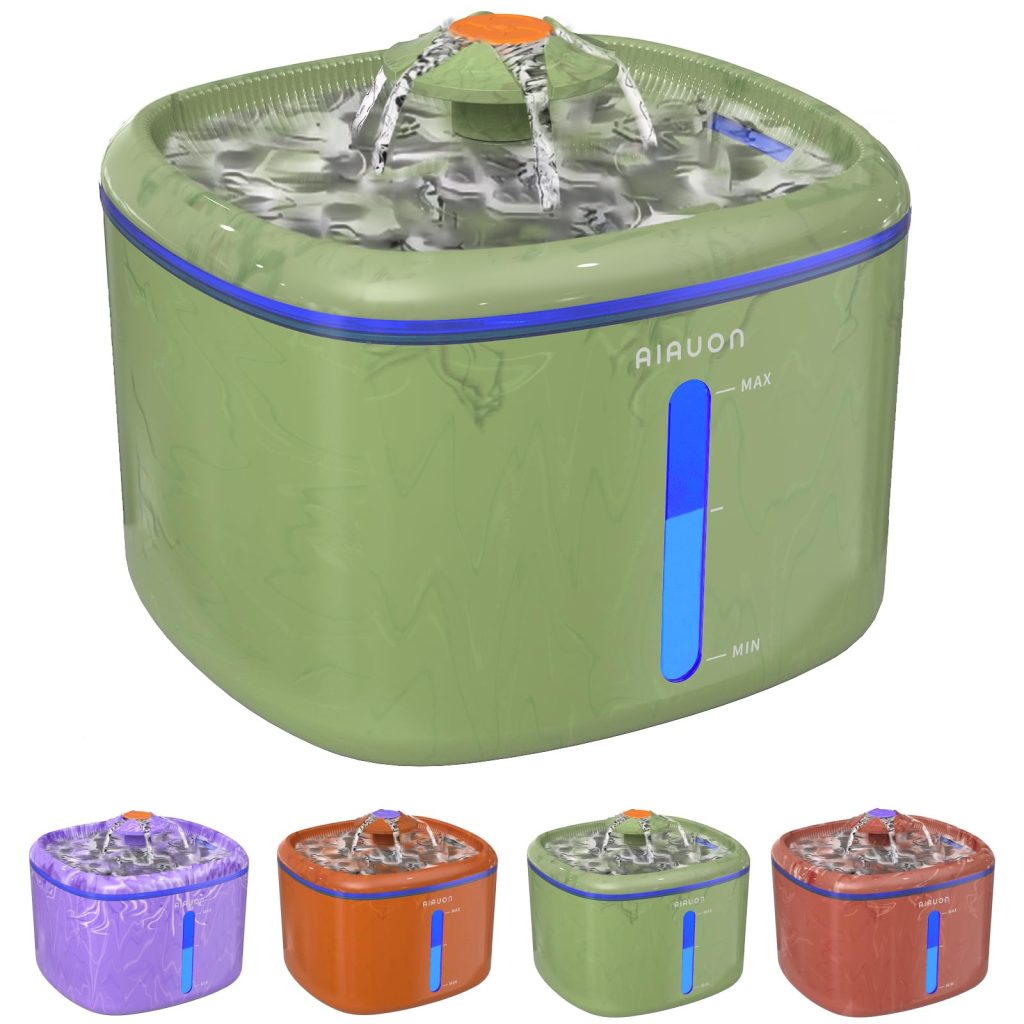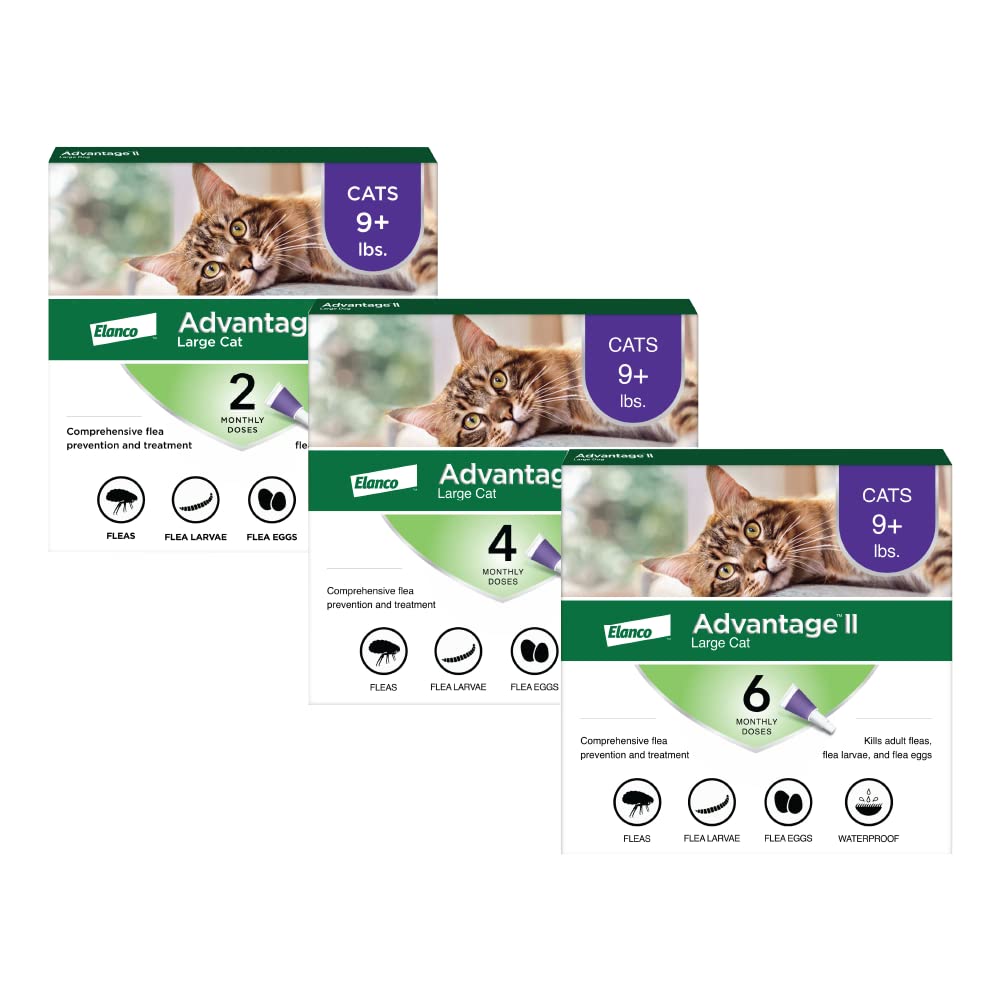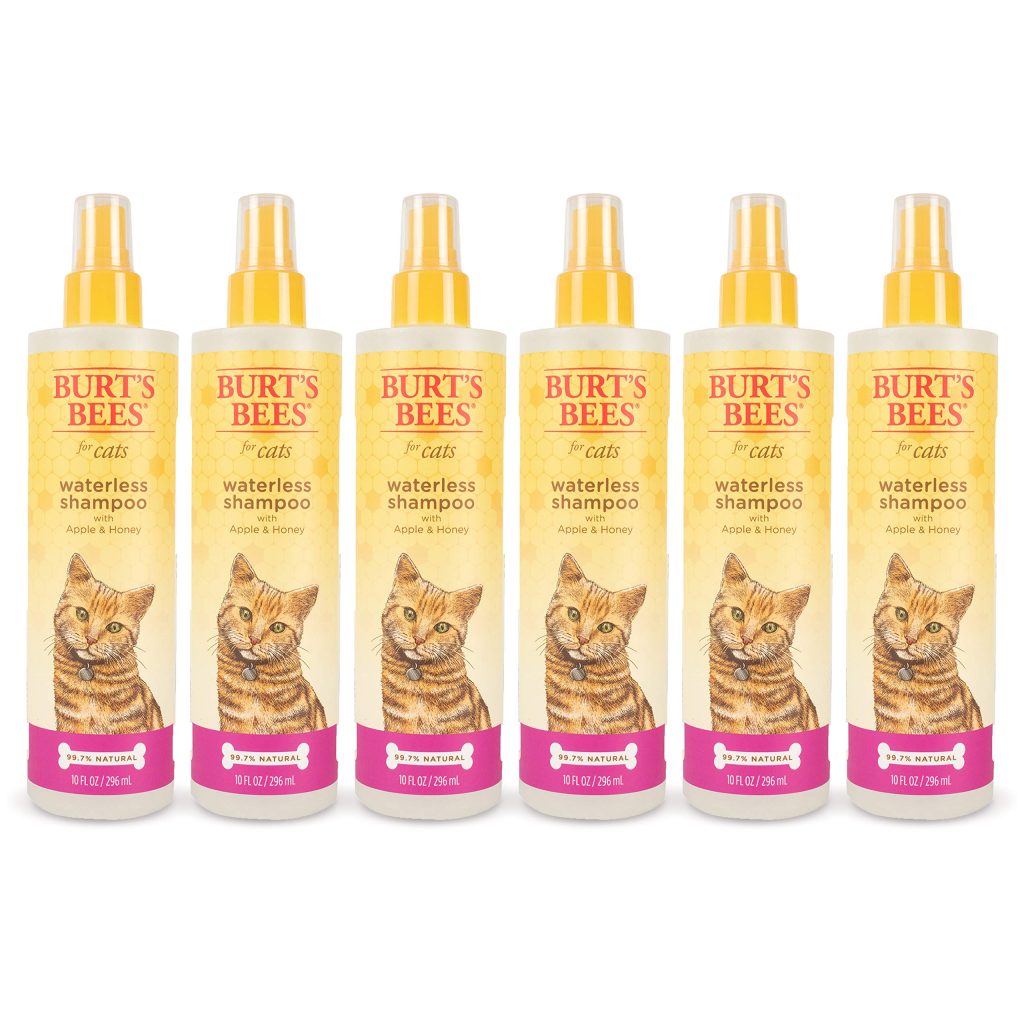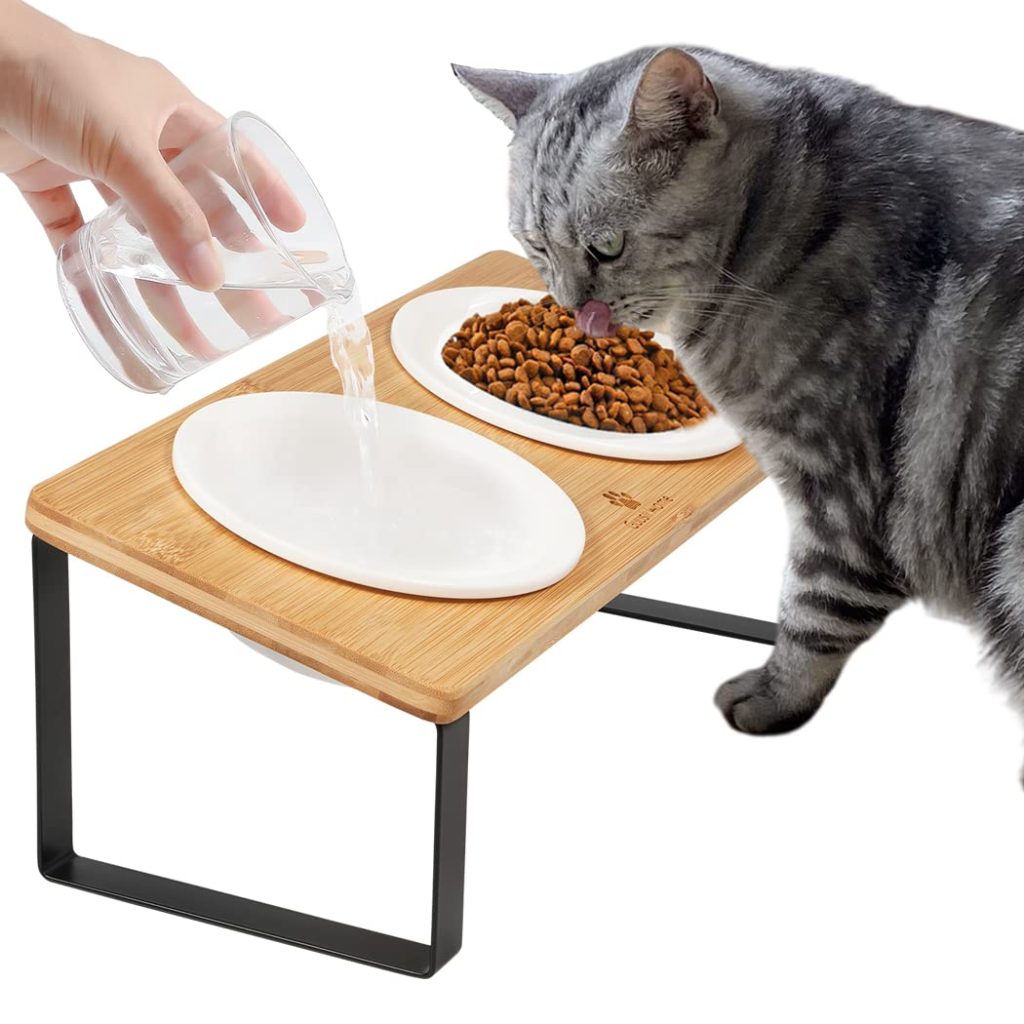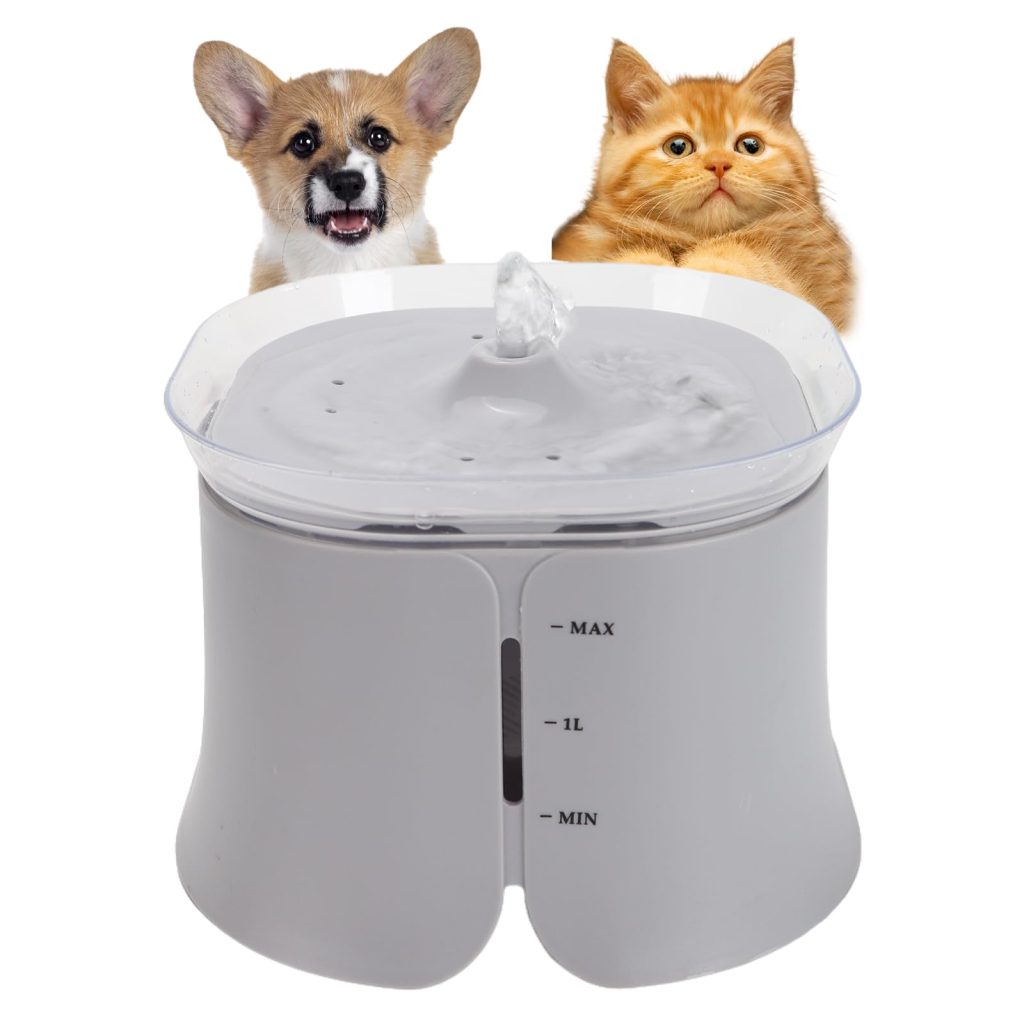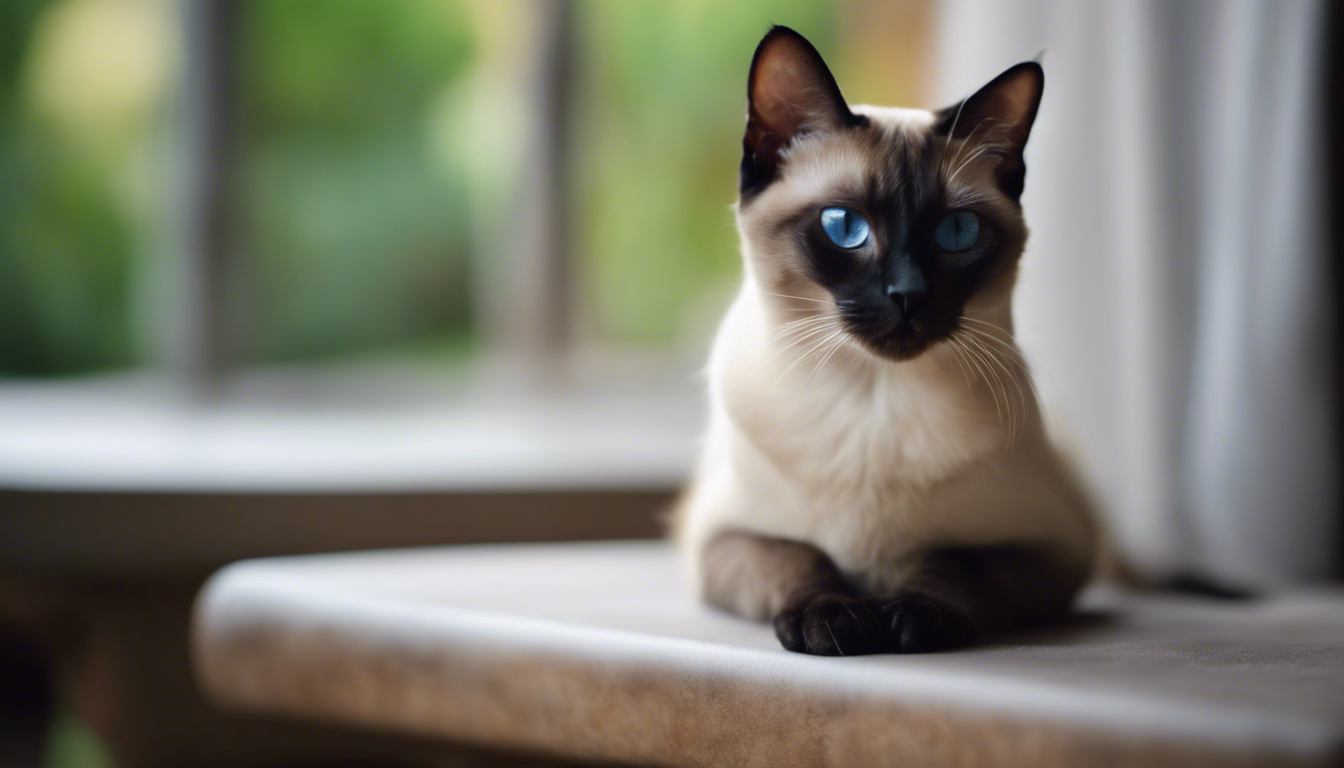
Origins and history of the Siamese breed
Delving deep into the annals of feline history, the elegant and exotically charming Siamese cat marches out as one of the oldest and most distinctly recognized breeds. Hailing from the mystical land of Siam, known today as Thailand, these cats were once revered companions to royal families and Buddhist monks. It’s said that the Siamese cat would receive a life of luxury in the palace, guarding precious relics and being pampered by their noble human counterparts.
The Siamese breed first turned heads in Victorian England when it was presented at the world’s first major cat show at London’s Crystal Palace in 1871. A description published at the time characterized the breed as an “unnatural nightmare of a cat,” which certainly didn’t stop it from quickly capturing hearts. These cats arrived on American shores not long after, with records showing that the first Siamese cat in the United States was gifted to President Rutherford B. Hayes in 1878.
Their storied history isn’t the only thing this is intriguing; their distinct pointed patterns and colors emerged due to a genetic mutation. The temperature-sensitive enzyme, which affects the color of their fur, led to the development of their characteristic color points, darker at the cooler extremities of their bodies. Siamese cats were traditionally known for their ‘apple-heads’ and robust frames, but over time, selective breeding has favored the more svelte, sophisticated ‘wedge-head’ appearance they’re known for today.
The lore surrounding these blue-eyed beauties is equally fascinating. Myths suggest Siamese cats were tasked to watch over precious golden goblets for the king. As the story goes, they stared so intently at the goblets that their eyes crossed, and they wrapped their tails around the goblets so tightly that they became permanently kinked. True or not, these tales add to the enchantment that so typically surrounds the Siamese breed.
Understanding the rich tapestry of the breed’s history is not just an exercise in storytelling. It’s about recognizing the Siamese cat not only as a creature of beauty and grace but also as a living relic of history that has stood alongside mankind for centuries, with its own tale to tell.
Physical characteristics and variations
The Siamese is a study in elegance and grace, with a marvelously sleek and refined body that’s muscular yet agile. The breed’s most defining features are its striking azure eyes; a vivid, deep blue that stands in contrast to their short, silky coat. The beauty of a Siamese lies in the harmony of its sleek frame and the symphony of its color points—the cooler parts of their body sport a richer, darker shade, typically seen in the face, ears, paws, and tail.
The traditional Siamese, often referred to as the “apple-headed” Siamese, boasts a rounder face and a more robust body. In contrast, the state-of-the-art Siamese flaunts a more extreme look, with a strikingly angular face, large ears, and a lithe body that tapers to slender legs and tail. It is fascinating how this selective breeding has bifurcated the breed into two very different, yet equally charming, physical styles. Moreover, Siamese cats come in various color points, such as seal, chocolate, blue, and lilac, each adding a special touch to their overall charm.
But don’t let the Siamese’s svelte physique fool you; they are remarkably energetic and require plenty of mental and physical stimulation. Engage their sharp minds with puzzles and interactive toys, and foster their athleticism with spirited play sessions that will satisfy their agile spirits. Scratching posts and high perches are also favorites, aiding in keeping those robust muscles flexed and limbs limber.
When it comes to grooming, less is oftentimes more with a Siamese cat. Their short, fine coat doesn’t typically mat or tangle, which means that a simple weekly combing should suffice. This not only helps remove loose hair but also fortifies the bond between owner and cat, as the Siamese thrives on love and attention. And while we’re on the subject of care, be sure to keep up with regular dental hygiene and nail trimmings to ensure your graceful companion remains in tip-top shape.
As for diet, Siamese cats can be quite the food connoisseurs. It is advisable to provide a balanced diet, rich in proteins to maintain their lean muscle mass. Be vigilant with portions and caloric intake, though, as this breed can be prone to obesity if overindulged. Fresh water should be a constant, to encourage proper hydration and support overall health.
For the Siamese cat, variation doesn’t end with color or shape; it extends to their vivacious personalities. Prospective Siamese cat owners should be prepared for a cat that is as active in spirit as it’s beautiful in form. A well-cared-for Siamese, attentive to their physical and emotional needs, will not only be a beautiful presence in your home but a joyful companion full of affection and captivating quirks.
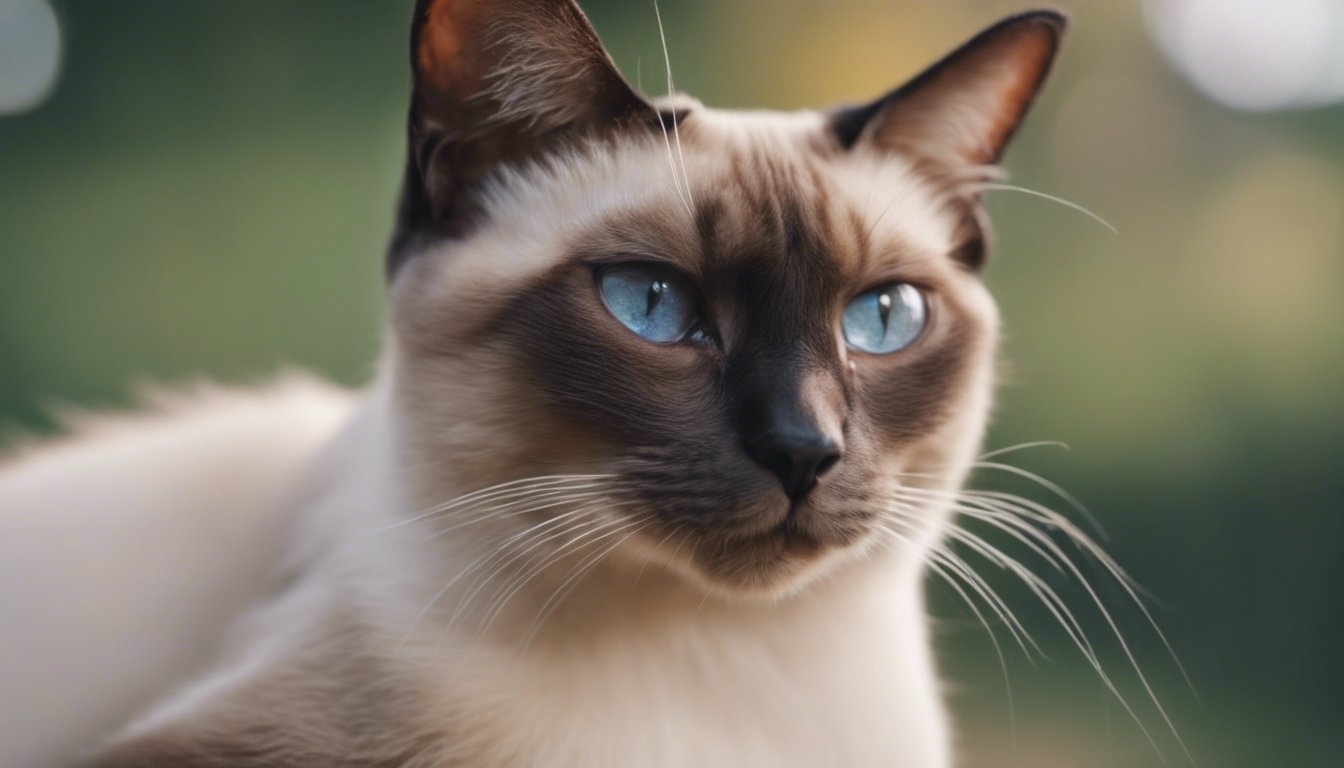
Temperament and behavior
Spend a few moments in the company of a Siamese cat and you’ll discover they’re far more than just a pretty face. These cats are marked by a captivating blend of intelligence, playfulness, and a touch of mischief that makes each day an adventure. Siamese cats are indeed very sociable and love to be at the center of attention, thriving on companionship—whether it’s with their humans or other pets. They form strong bonds and are known to shadow their favorite people from room to room, often voicing their opinions in a loud, low-pitched voice that’s unique to their breed.
Don’t be surprised if your Siamese greets you at the door! They’re notorious for their dog-like tendencies, which include following their owners around, answering when called, and even playing fetch. With their curious and observant nature, these cats love to be involved in whatever you’re doing, even if it is just helping (or hindering) you by sitting on your laptop keyboard or batting at your pen as you write.
The Siamese is not the type of cat to lounge the day away unnoticed. Their acrobatic antics will have you reaching for your camera on a regular basis. Teach them tricks or set up a cat agility course in your living room—Siamese cats are keen learners and love the mental stimulation. As with all cats, interactive play helps channel their energy positively and prevents the development of problematic behaviors borne of boredom.
Be mindful of the Siamese’s emotional needs as well. These cats are known for being quite vocal and emotionally expressive. They are not shy about letting their humans know when they require attention, food, or simply want to be part of the conversation. Their vocalizations can be a delight, but for some, it might be overwhelming. If you’re seeking a quiet, reserved pet, a Siamese may not be the ideal fit.
Socialization from a young age very important for Siamese kittens. Exposure to a variety of people, pets, and environments will help them develop into well-rounded adults. Given their social nature, Siamese cats often do well with other pets, including cats and even dogs, especially if raised together.
One of the more endearing traits of the Siamese cat is their remarkable intelligence, which can be both a joy and a challenge. They quickly learn to open doors, drawers, and questionably secure containers. The breed requires an owner who is as smart and crafty as they are, someone who can foresee and outmaneuver their escapades to prevent mischief from turning into mayhem.
When considering bringing a Siamese into your home, think whether you can provide an environment filled with love, attention, and stimulation. An adventurous owner with a heart for interactive play, conversation, and affection will find in the Siamese a companion equal parts enamored and enchanting—a friend for life.
Health considerations and care tips
Caring for a Siamese cat means being attuned to their health and well-being, recognizing that they can be affected by both genetic and lifestyle factors. It’s crucial to keep tabs on their health through regular veterinary check-ups, where early detection of any issues can lead to better outcomes. Siamese cats, with their rich genetic tapestry, are predisposed to certain conditions such as dental problems, respiratory issues, and heart diseases like hypertrophic cardiomyopathy. Being vigilant about these potential problems and working closely with your vet will help ensure your Siamese stays as healthy as possible.
Due to their sociable nature, Siamese cats might display signs of separation anxiety or stress if left alone for extended periods. Hence, it’s beneficial to provide an environment that keeps them entertained — think window perches, cat trees, and a variety of toys. They’re also smart enough to appreciate puzzle feeders that challenge their intellect and harness their hunting instincts.
Exercise is just as important to your Siamese’s health as their diet. Their agile bodies are built for movement, so playtime should be a daily ritual. String feathers, laser pointers, and interactive games can encourage them to leap, pounce, and stay physically active, curbing any potential weight gain and related health issues.
As for their iconic coat, it is generally low maintenance, but they’re known to shed seasonally. A soft bristle brush can be used during these periods to help manage shedding and keep their coat shiny. Furthermore, since Siamese cats might be prone to dental issues, establishing a routine of regular tooth brushing with vet-approved toothpaste can help maintain dental health.
It is worth noting that their slender bodies and short coats do not provide much insulation from the cold, so they tend to seek out warm spots. Make sure your Siamese has a cozy nook away from drafts where they can curl up and stay comfortable. As much as they adore basking in the sun, be cautious of excessive exposure as it can lead to dermatological issues and even sunburn.
Regarding diet, each Siamese may have individual preferences and needs based on their age, weight, and activity level. It’s essential to find a high-quality food this is rich in nutrients and appropriate for their life stage. A mixture of wet and dry food can provide variety and help with hydration. Remember that Siamese cats are prone to obesity, so monitor their food intake and ensure they’re not overeating. Consult your vet about the best feeding routine and dietary plan suitable for your cat’s specific requirements.
Don’t underestimate the power of love and affection in your Siamese cat’s life. They thrive on human interaction, and your touch can be a soothing presence, offering both comfort and reassurance. Always be sensitive to their needs for companionship, and return their affection and loyalty with the same fervor. A happy, healthy Siamese is a source of endless joy and a truly rewarding feline friend.


